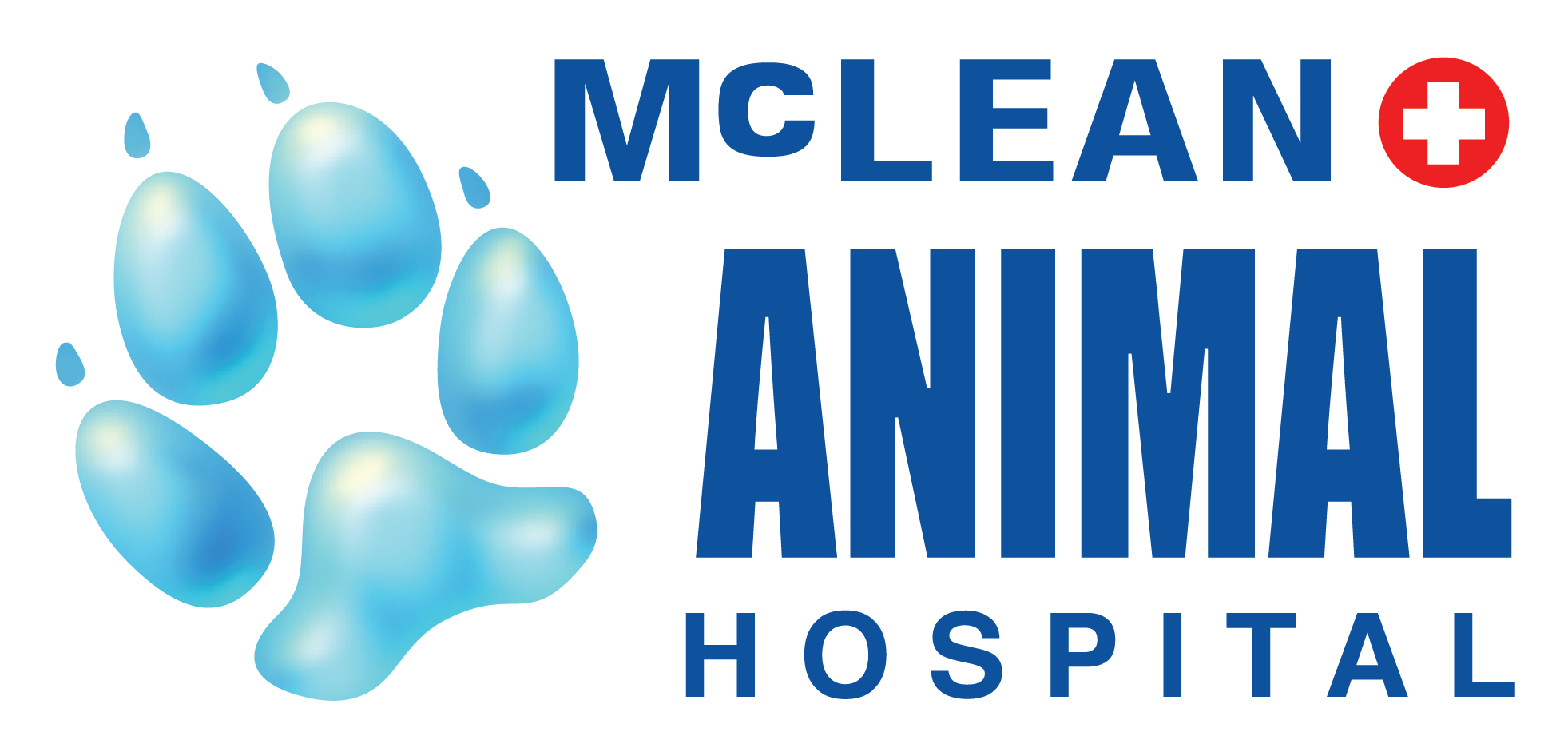Trying to read a pet food label can be overwhelming. There is a lot of information to interpret and some information can be a bit misleading. The most crucial bit of information is located within the nutrition Adequacy Statement or AAFCO statement.
AAFCO (the Association of American Feed Control Officials) is an association that regulates the sale and distribution of animal feed. AAFCO is a completely voluntary membership for pet food companies. The Nutritional Adequacy statement gives us the following information:
• That the food follows the minimum standards provided by AAFCO
• The life stage the food is made for
• Whether the food was formulated or if feeding trials were performed
• If it is complete and balanced
Most foods are formulated for all life stages. Be cautious that even though the front of the bag says it’s for adult dogs when it says its formulated for all life stages, it is made for the stage in life that requires the most calories. That is typically the stage for growth (puppies/kittens) or lactating/pregnant animals. When looking for a food that is just for adult animals – the nutrition adequacy statement would say that the food is formulated or fed for maintenance. If the food is designed specifically for puppies or kittens the nutrition adequacy statement would say that the food is formulated or fed for growth.
When the statement says the food was formulated it means that the food was just calculated using a program to ensure there is proper nutrients and calories for the life stage that it is designed for. If the statement says that it is fed that means that animal feeding trials were done to ensure adequate nutrition.
Finally, the food should say it is complete and balanced. Treats, snacks or some canned food may say for intermittent or supplemental feeding only. This means that the food does not contain the necessary vitamins and minerals to provide complete nutrition and should not be the sole source of nutrition for your pet.
Written by Dr. Ana Da Costa, DVM




